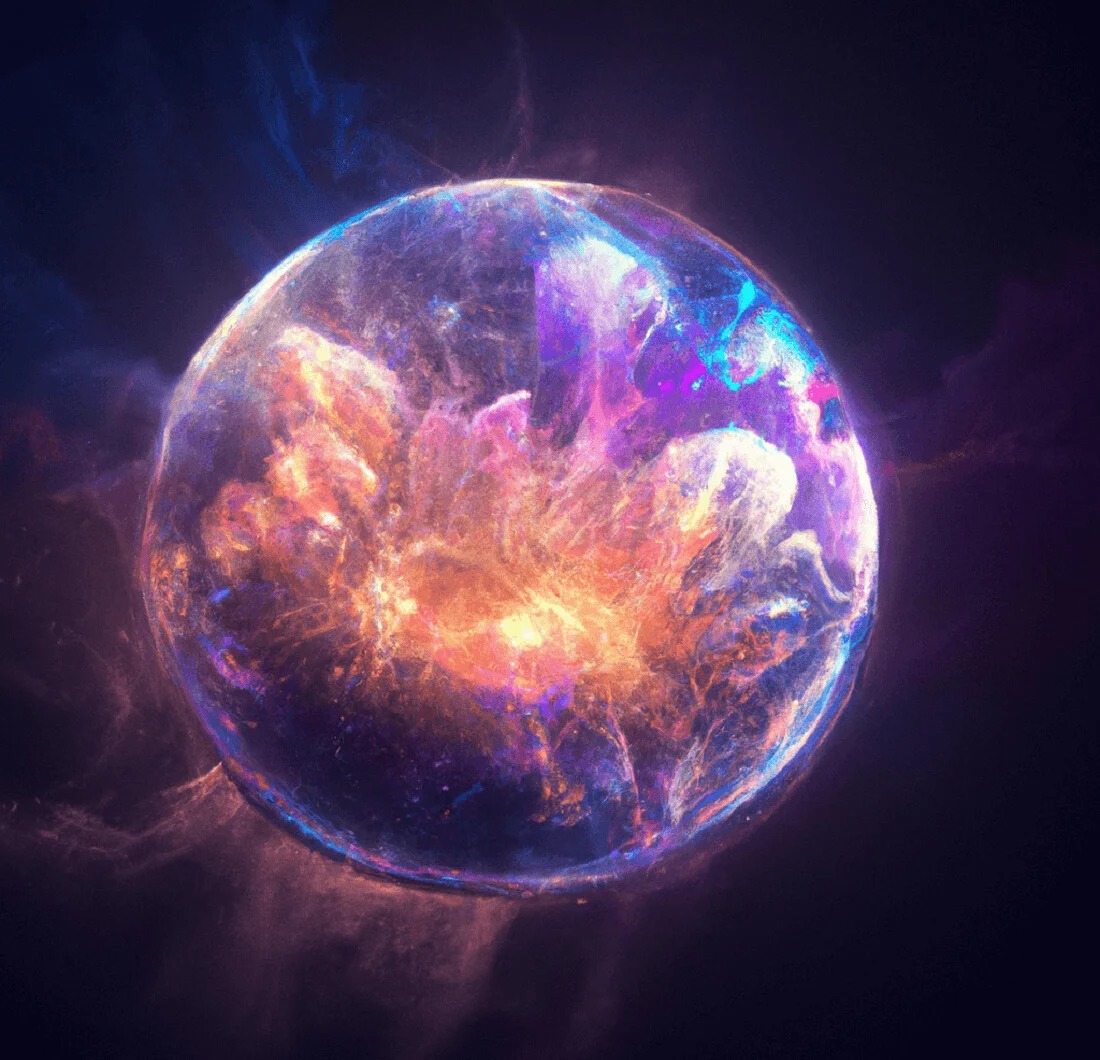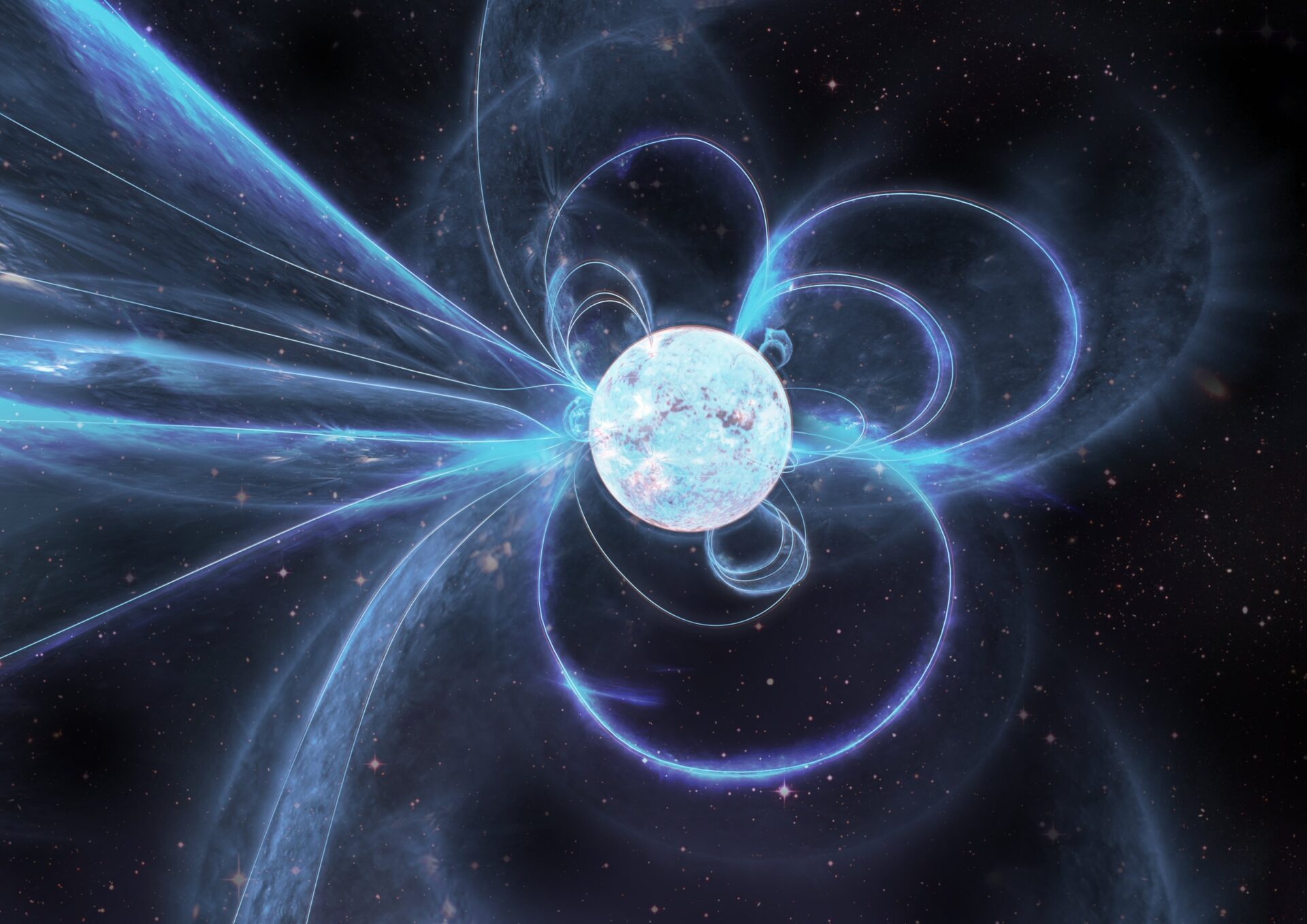Astrophysicists analyzed data on the collision of two neutron stars recorded in 2017, and found that the cosmic catastrophe formed a perfectly spherical kilonova explosion. This was unexpected for astrophysicists, who were puzzled by such an “all-too-perfect” explosive event. The results of the study were published in the journal Nature.

“No one expected that the explosion could look too perfect — spherical, like a glass ball. But our calculations clearly show that this is indeed the case. Probably, our theories and modeling of the kilonova, which we have been considering for the last 25 years, are not accurate enough,” explained Darach Watson, associate professor at the Niels Bohr Institute and co-author of the study.
What have astrophysicists discovered?
Astronomers using the VLT telescope observed the kilonova explosion, which they called the perfect cosmic explosion. The explosion of a kilonova after the collision of two neutron stars in the galaxy NGC 4993, located about 130 million light-years from us, led to the appearance of an ideal cosmic sphere.
“As a result of this explosion, not only an ideal sphere was formed, shining like the Sun, although it was millions of times larger and emitted billions of times more light. But also physics is at the heart of this explosion, which is still beyond our understanding,” said Albert Sneppen, a doctoral student at the Niels Bohr Institute.

While scientists don’t know exactly why a sphere is formed as a result of the kilonova explosion, they suggest that this may be due to the energy released with the appearance of one neutron star for a short time during the merger of two such stars. But perhaps particles called neutrinos played a role in this.
“Perhaps a kind of “magnetic bomb” is created at the moment when the energy of the huge magnetic field of a supermassive neutron star is released when it collapses into a black hole. In such conditions, matter will be distributed more spherically during an explosion for a few seconds before the formation of a black hole,” explained Albert Sneppen.
What are neutron stars and kilonovae?
Neutron stars appear as a result of the death of huge ordinary stars when they explode with a supernova, and the remaining core contracts to the size of a sphere with a diameter of about 20 km. But the mass of these stars is about 3 times the mass of the Sun, so they are among the densest objects in the Universe.
Two neutron stars have been orbiting each other in a binary system for billions of years and are gradually approaching at a tremendous speed. When they merge, these stars explode, and their matter collides at a speed equivalent to 25% of the speed of light. As a result of this event, the strongest magnetic fields in the Universe appear. This merger leads to the appearance of a powerful explosion, which is called a kilonova and emits as much light in a few hours as our Sun produces in 10 billion years. When an explosion occurs for a very short period of time, two colliding neutron stars form one large neutron star, which subsequently contracts under the influence of gravity and can turn into a black hole.
Earlier we reported that the kilonova explosion challenged scientists’ ideas about a gamma-ray burst.
Follow us on Twitter to get the most interesting space news in time
https://twitter.com/ust_magazine

